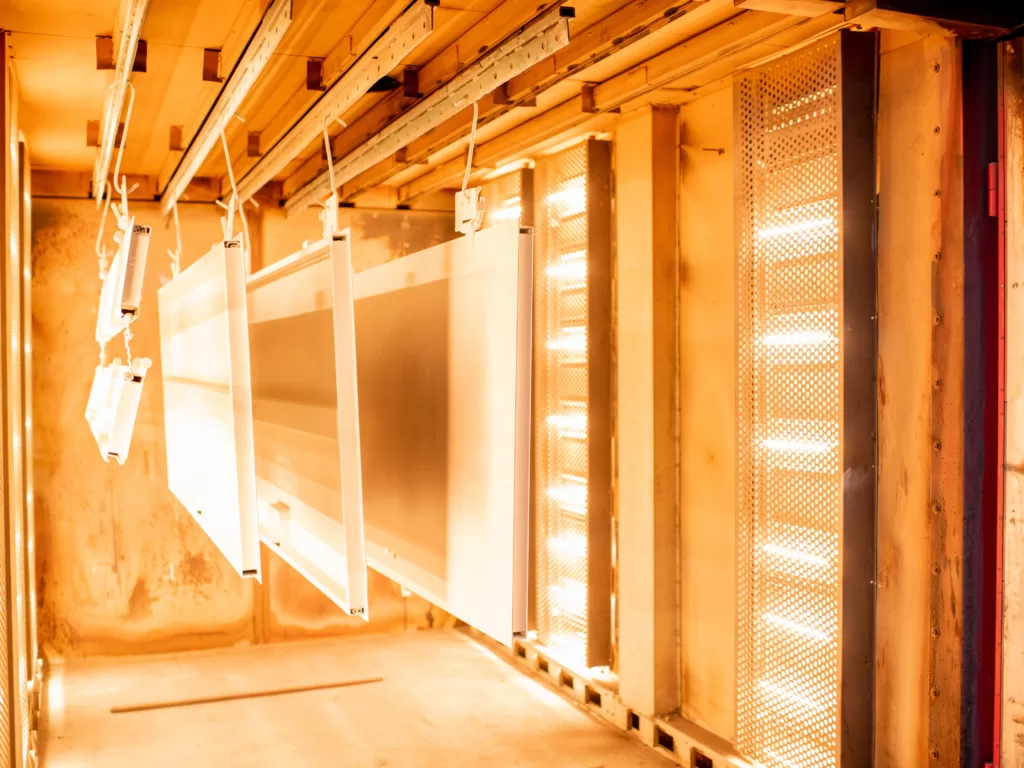Secondary processes can help laser cutting job shops win customers and stand out from the competition.
But if they are not costed accurately, consistently, and efficiently, these processes could end up taking away the hard-earned profit from the laser cutting jobs.
If you’re costing secondary processes by having a customer service person walk down to the production area and ask a machinist for a time estimate – interrupting their current work – then these processes can cost more than they make you.
That applies to internal secondary processes, but what if you outsource these to an external company? Again, there are time delays involved, where the third party may not be able to provide a price estimate straight away, and the customer may have started to look elsewhere.
To make secondary processes profitable, and to use them to win more jobs, it’s crucial to have software that can provide fast, accurate, and consistent pricing.

Increased demand for secondary processes
There are a number of reasons why laser cutting job shops are seeing an increased demand for secondary processes, including:
- Complex product designs. As products become more complex, secondary processes are needed to help refine, finish, or modify parts to meet specific requirements.
- Customisation. As the manufacturing industry continues to experience demand for customised products, secondary processes enable job shops to meet these demands.
- Quality and aesthetics. Secondary processes can improve surface finish, durability, and overall appearance, thereby increasing the appeal of the finished product.
- Environmental concerns: Secondary processes can include environmentally friendly treatments such as powder coating or water-based paint, which align with the growing focus on sustainability and eco-friendly manufacturing practices.
- Competitive advantage: Companies are using secondary processes as a means to differentiate themselves in the market. Providing a one-stop solution for customers, including secondary processes, can be a competitive advantage.
Quote unlimited secondary processes with ToolBox
Tempus Tools has designed ToolBox – its multi-functional laser cutting quoting software provided using a SaaS (Software as a Service) model – to include unlimited secondary processes, so that quotes for a whole job can be completed lightning fast.
There are no complicated formulas required, so it’s simple to set up and even simpler for anyone to use. In the initial set up, the user can input an hourly rate and setup time, and use a measure type of their choice (which could be surface area, net part weight, or quantity, for example). These parameters can then be used to calculate a price per part, price per line, or price per process. It’s an all-in-one calculation that can be used repeatedly once it’s set up.
Secondary processes can include powder coating, folding, welding, machining, sand blasting, painting, rolling, galvanising, linishing, tapping, pemming, countersinking, protective masking, deburring, and clinching.
Miscellaneous services and charges can also be set up in the same way. These can include pallet fees, packing and handling, admin fees, supplier delivery, CAD design time, nuts and bolts, and freight – so that all costs are fairly calculated into the final quote provided to the customer.
ToolBox keeps the setup flexible but simple, so that each job shop can set it up to suit their requirements without dealing with complex formulas.
To learn more about ToolBox, by Tempus Tools, please click here.
Author: Bruce Thomas, Executive (Product)





